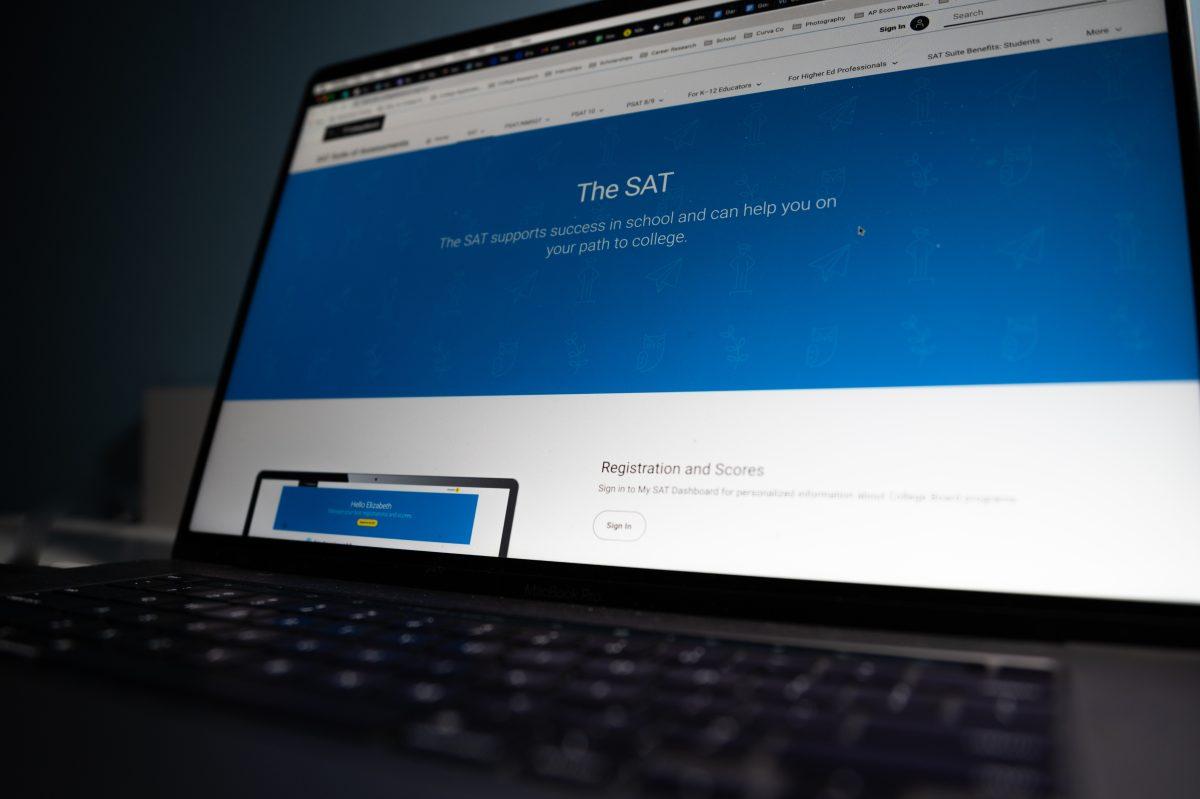The latter half of high school is often associated with one word: stress. But on top of the overwhelming number of AP and honors courses that upperclassmen take, there is one major test they not only dread but spend hours upon hours studying for. It’s the SAT—a summative worth much more than that math test on Friday. But with recent changes in our world, namely the COVID-19 pandemic, students’ access to standardized testing prep centers and testing locations has greatly decreased.
In an effort to make the test more accessible, the College Board, which administers the SAT, announced that the test will be going digital. The decision to modernize the test also comes after some universities, including the University of California system, have decided to drop the test from their application requirements altogether. The UCs made the change following a 2019 lawsuit, which argued that the college entrance exams disadvantage low-income students of color and those with disabilities. Harvard University, among other schools, also announced that it is dropping its SAT requirement, citing difficulties providing the test during the pandemic.
The digitization of the SAT will bring a couple of surprising changes. The new test will feel a bit familiar to those who have already taken the exam. Students will still have to take the test in proctored settings and will receive a score between 400 and 1600. But the College Board says the switch to the digital version will offer benefits to those taking and administering the test. For starters, the test will run about two hours, a significant drop from the three hours it takes now. The digital test is shorter because it relies on adaptive testing. This means the test changes based on the students’ answers, with the goal of reducing time spent answering questions that are either too easy or too difficult. The reading sections will be shorter and more closely resemble material that students are likely to read in college. Students will also be able to use calculators during the entire math section, an expansion from previous versions of the test.
The College Board stated its recent changes are an attempt to modify the exam in the face of questions regarding the fairness or even necessity of tests in the college admissions process. In pilot studies conducted last year by the College Board, 80 percent of students said they found the digital tests less stressful. But, who will this affect? The digital SAT will take some time to incorporate, both nationally and internationally. Therefore, students who are currently freshmen, will be the first ones able to take the digital SAT in the spring of 2024. Sorry, sophomores and juniors!
To me, this change is part of the College Board’s inevitable move into the 21st century. And when it comes to improving the testing experience for students, the change seems essential, too. It not only will make the exam easier to take, but also more secure and relevant for a broader set of students. And that’s a step in the right direction!





































































